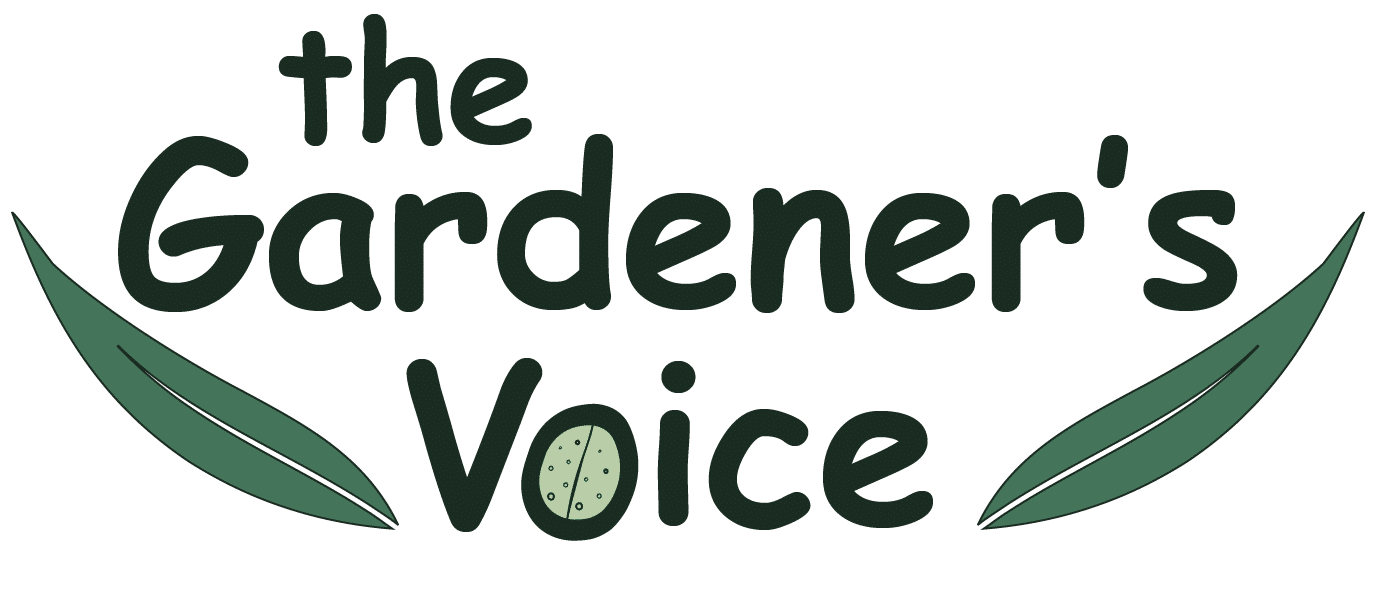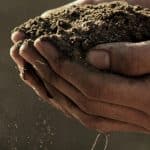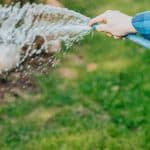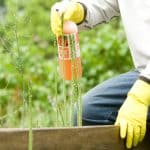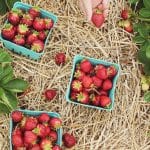Table of Contents
Alright, dig this. You’re looking to put some color in that concrete jungle you call a backyard. Maybe toss around some tulips, parlay with some petunias, or simply furnish a tomater or two. But before a single seed sinks soil-bound, we gotta talk dirt.
Whether you’re cultivating calendulas or planting potatoes, choosing the right soil can make the difference between a lackluster lump of leaves and a real show-stopper.
Garden Soil vs Potting Soil
Not all dirt is created equal, my friend, and your garden needs the perfect soil to thrive. Adding soil to your garden can be confusing with all the choices out there: garden soil, potting soil, and even something called soilless medium — sounds more like a superhero comic series, right?
But don’t worry, we’re gonna break it down!
Understanding What Garden Soil Is
Let’s start with the basics. Garden soil is, simply put, the natural soil you’ll find in your garden already. It’s got a mix of everything in there; organic matter, sand, clay, and sediment. It’s been out on your backyard dancefloor, mixing it up with worms, bugs, and all sorts of microbes, working on its moves with the rain, sun, and wind.
But here’s the thing about garden soil: it’s built for the endurance race. Garden soil is meant to handle all sorts of conditions and it figures out a way to hold on to water. Thing is, this retention and drainage ability is crucial and it’s all about striking that delicate balance.
However, there’s a twist. Sometimes it’s been too hot for too long, and your garden soil dries up in a flash. That’s where adding coarse organic stuff can come in handy. Think of it as the Gatorade for your soil, helping it retain more moisture, and open up the texture of that tight soil in the garden for better drainage.
Understanding What Potting Soil Is
Now, let’s switch to the other guest at this garden party: potting soil. Hey, don’t get confused by the name. Potting soil isn’t actually ‘soil’. I mean, it’s as much soil as I’m the heavyweight champ (if eating counts as a sport).
It’s a soilless medium ideally meant for your indoor plants, which don’t need to be bench pressing heavy weight like garden soils do; just light and fluffy stuff to get them through the day. Anybody said optimal for plant growth?
Let’s get into this “potting mix vs soil” showdown. Picture potting soil like a freshly baked soufflé. Light, and airy, full of beneficial ingredients like sphagnum moss and perlite for your plant babies to munch on.
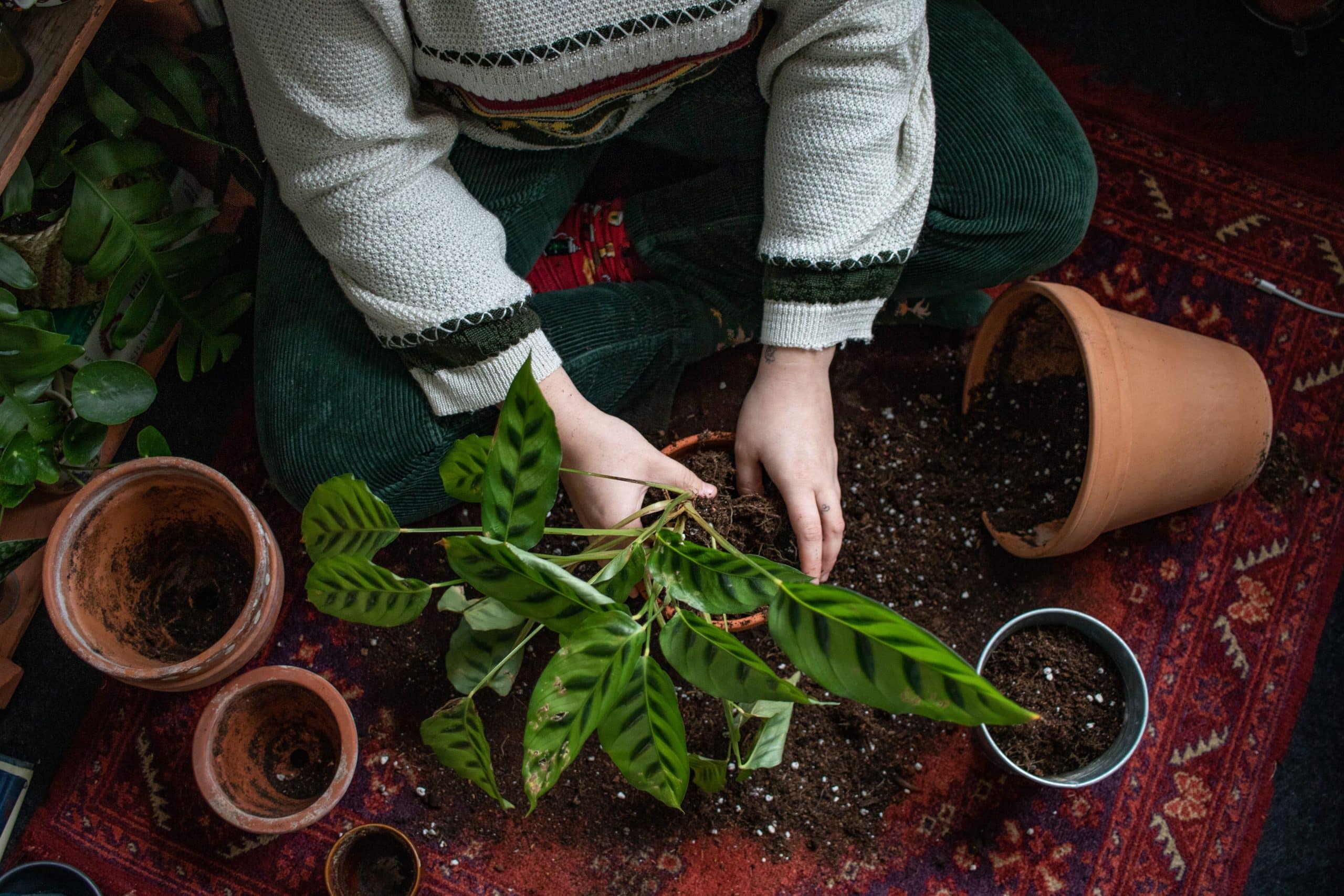
Contrasting Features of Garden Soil and Potting Soil
Alright, so we got the lineup: garden soil, the heavyweight champion for outdoor plant growth, and potting soil, the light and fluffy contender, keeping your indoor plants in the ring.
Nutrient and Fertility
When it comes to nutrients and fertility, garden soil is like having a ton of goodies that keeps coming. Rich in nutrients, bulging with organic compost, it’s a veritable smorgasbord for your flower beds.
Now, picture potting soil like a prepaid meal plan. It’s got what your cacti and succulents need, delivered in a controlled pace. So, remember how I mentioned it’s like a soufflé? It gets delivered ready to serve your plants, but later, it tends to lose its nutrients over time. Just add water, careful monitoring, and occasional fertilizing and you are good to go!
Moisture Retention
You got your garden soil, natural as they come. Grandmaster at taking in water, like a sponge soaking up water, thanks to its clay particles and organic matter. Perfect for those dry summer days when your plants are thirstier than a football team after double overtime.
But sometimes it can be too good, and end up over-watering those precious roots.
Meanwhile, potting soil plays it cool, bringing its own unique game to the moisture retention match. It offers desired drainage, that’s right, it ditches the unnecessary water yet quenches the thirst of the potted plants perfectly.
Aeration and Porosity
Garden soil can be a darn good conductor, but sometimes it gets all packed and heavy, stonewalling roots from making their vital pit stops.
Then there’s potting soil. With power components like peat moss, coir, and perlite giving it a lift, it stays porous and breathable. Simply put, it’s like a VIP lounge for plant roots, where they can stretch out and enjoy the drink of water and oxygen combo.
Weights and Textures
Garden soil has that old school gym goer vibe – all strength and density, heavy as a brick, thanks to its composition of clay, silt, and sand. Its weight and density can sometimes limit the movements of the container plants and messing with the smooth flow of water.
In the world of potting soil though, it’s all about staying light-footed and nimble. It scores top points for providing a cushy environment for container plants, fostering proper root growth and oxygen exchange, kinda like the lightweight boxer of the soil world.
Sterility and Pathogens
If you saw garden soil and potting soil at a party, garden soil would be the one naturally occurring conversations with everyone – including pathogens, fungi, and bacteria. These interactions, harmless in open grounds, can get a bit dicey when transferred to a contained environment. It’s sort of like inviting a fun-loving parrot into a library, disrupting the quiet, controlled space.
Potting soil though, gives no room for uninvited guests. As sterile as an operating room, it’s devoid of those misfit microorganisms that could cause an unscheduled sick day for your container plants, including your precious indoor plants. It plays the defensive game well, ensuring your plants steer clear of diseases, which is a win for your garden.
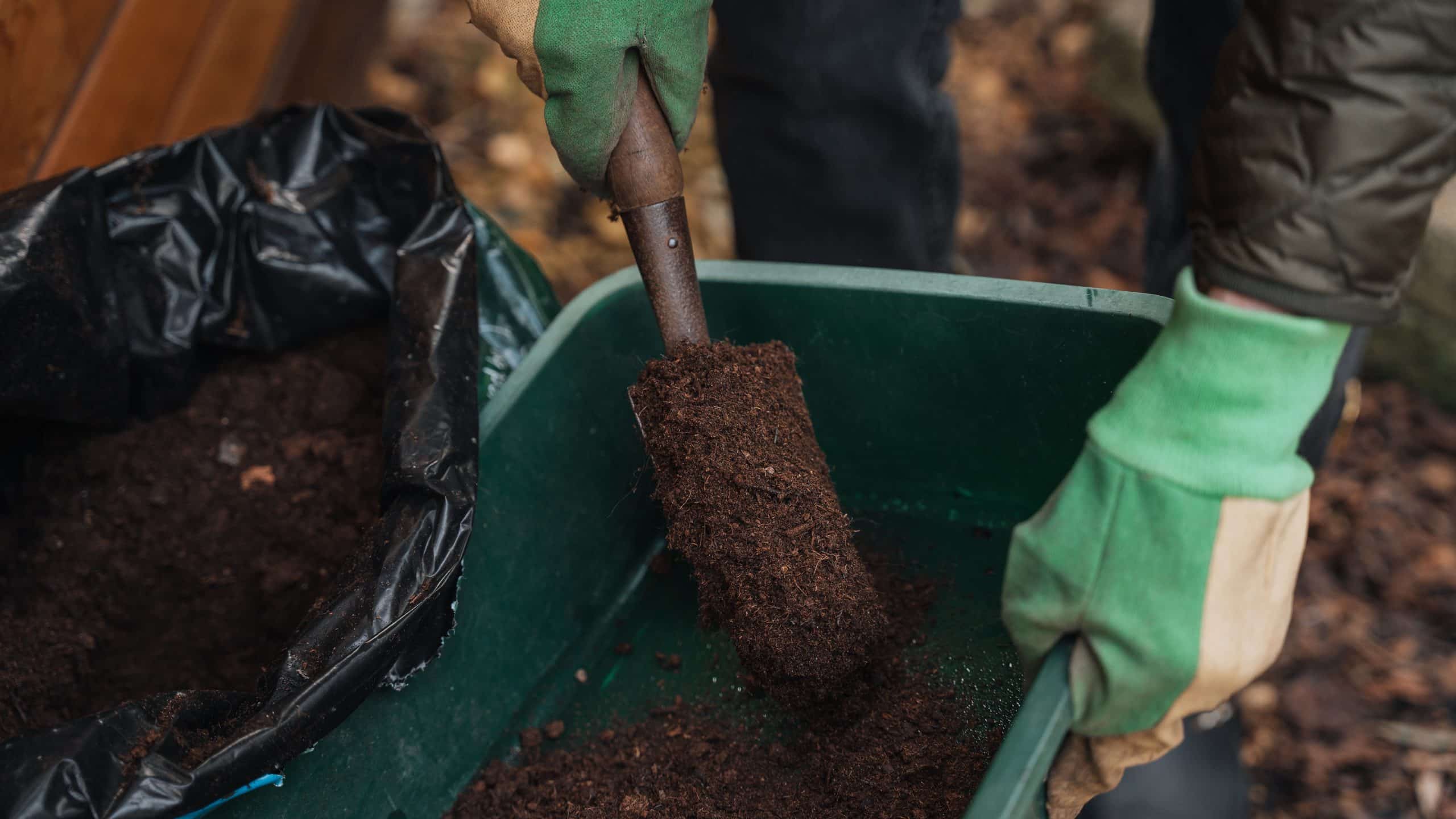
Identifying the Best Soil Option
Like picking out the right dance shoes for a night out, it’s crucial to choose the right soil for your garden’s footwork. The ideal soil should balance sand, silt, and clay in a passionate tango, known as loam.
Outdoor In-Ground Applications
To kick start the party outdoors, consider mixing a 3-inch layer of garden soil into the top 3 inches of native soil. This mix is like spreading the red carpet for your green guests. If the guest of honor happens to be a single tree or shrub, a 1:1 mix of garden soil with the native soil creates a VIP environment for plants, cheering each one to grow unbridled.
Container Gardens and Indoor Potted Plants
When it comes to container gardens and indoor potted plants, the soil is much like a gourmet dish, needing a certain balance and fine-tuning of ingredients. You shouldn’t stuff heavy garden soil into pots expecting your delicate indoor plants to thrive.
For these precious greens, a well-prepped potting soil is the bill of fare. Tossed with lightweight elements like aged pine bark, such a ‘soil cocktail’ ensures good drainage, aeration, and a cushy environment conducive for your lovelies to grow, away from the harsh weather whims.
Starting Seedlings
Getting seeds to sprout is a bit like baby steps in gardening 101. You gotta choose the right kind of soil mix. Seedlings are delicate champs in their early stages, so they got to have a soil mix that’s light, sterile, and encourages plenty of root development. The best bet for this job is a seed-starting mix.
Why not regular garden soil, you ask? Well, garden soil can hold too much water, creating problems with root development and drowning your little green babies.
So, the smart move is to look for mixes specifically designed for seedlings or whip up a custom potting mix to ensure the best possible growth conditions for your tiny sprouts.
How to Make DIY Potting Soil
Alright, speaking of whipping up your own soil mix let’s dive into the world of DIY potting soil. Normal potting soil can be like the heavy hitter in a boxing match- too heavy on those little roots.
Making your own gives you control over what goes in. You want lightweight, fluffy soil that’s easier on the roots.
Gather Sterilized Garden Soil
Your first step is to gather sterilized garden soil. Think of it like prepping the dough for your favorite bread recipe. Garden soil is meant to be mixed in the garden bed. It’s kind of like the bulky organic stuff that helps balance that moisture and drainage jazz. Kind of like what yeast does for your dough, giving it the perfect texture.
Add Necessary Soil Additives
Once you’ve got your garden soil, it’s time to get a little mad-scientist about it and think about your additives. If you want to make the ultimate soil mix, you can’t go without some sphagnum peat moss. This stuff is like the crème de la crème in the soil world.
It’s coarse, kinda crunchy, but boy, does it do a job on drainage by keeping your soil moist but not waterlogged.
Blend Your Garden Soil and the Additives
So you’ve got your additives and your garden soil. It’s mixing time!
Your garden soil, that’s like your natural topsoil or sand you’re working with. Add your bulky organic ingredients like composted bark from mill operations, mushroom compost, or composted cow or chicken manure, and you get garden soil mixes that could make any plant happy.
Precision in Adjusting Additive Amounts
Now we are talking quantities. Here’s the deal. With your soil mix components, it’s always key to have precision in adjusting the amounts of the additives for maximum benefit. Too much of something can spoil the balance. It’s like throwing a bit more sugar in your cuppa—it becomes a sugar pool rather than a enjoyable cup of tea. All the components have to blend together harmoniously and you’ll have a soil mix that’s customized for you and your precious plants.
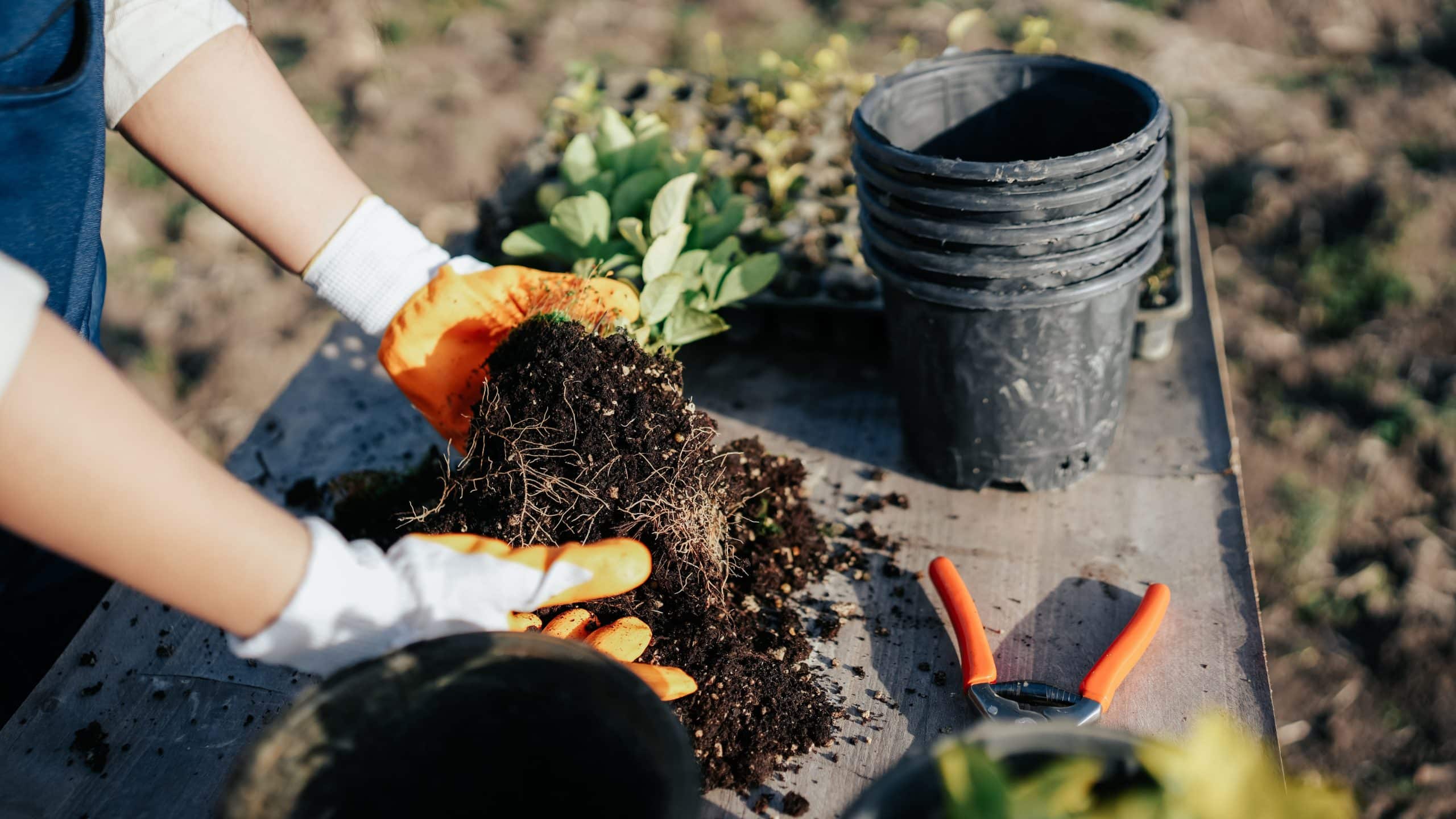
Organic Variations Of Garden and Potting Soil
Organic Garden Soil: Rich in Micronutrients and Organic Matter
Now let’s have a chat about organic garden soil. You see, it’s like a buffet of nutrients for your plants, all served up in the form of decomposed, natural materials. Kinda like how an all-organic, farm-to-table meal guarantees healthy, natural ingredients packed full of nutrition.
Certified organic garden soil contains all organic, non-synthetic soil amendments like compost, manure, and even some bone meal, which is like a natural multivitamin for your plants.
Organic Potting Soil: Lighter and Coarser
And then there’s organic potting soil. This stuff’s made light and coarse. Potting soils come formulated for those growing plants in containers and utilize organic materials like peat, perlite, and vermiculite to keep the soil from becoming one tough, compacted cookie.
Perlite is a volcanic rock that improves drainage, and vermiculite, a clay mineral, is like a soil nanny, holding onto water and slowly releasing it back to the plant’s roots.
Conclusion: Potting Soil or Garden Soil?
When it comes to picking between garden soil or potting mix, you gotta focus on what your green buddies actually need, not what’s flashier or lighter on the wallet. Just like how you wouldn’t chow down a sirloin when you’re craving something sweet, different plants have different soil cravings. Pay attention to what each type of soil is formulated for and how it can help plants thrive.
Garden soil is an amendment to consider when you’re planning a new garden. It’s mixed with native soil to improve soil structure. While potting soil mixes are lighter than actual soil, their combo of soilless ingredients like perlite or vermiculite, coconut coir, and other organic mix-ins like earthworm castings and tree bark serve up a nutritious meal for potted houseplants and window boxes.
Remember, the best soil or potting mix is the one that allows your plants grown in containers or outdoor plants to retain moisture, facilitate beneficial microbes, and putting them in nutrient paradise.

I’m John, a “seasoned citizen” and an avid gardener. I live in Minnesota, where our weather and growing conditions can be harsh and challenging. Over the years, I have learned a thing or two about being successful in growing things. I have curated these tips, which I think are helpful for the beginning gardener and the seasoned experts. If you have feedback, let me know in the contact form.
